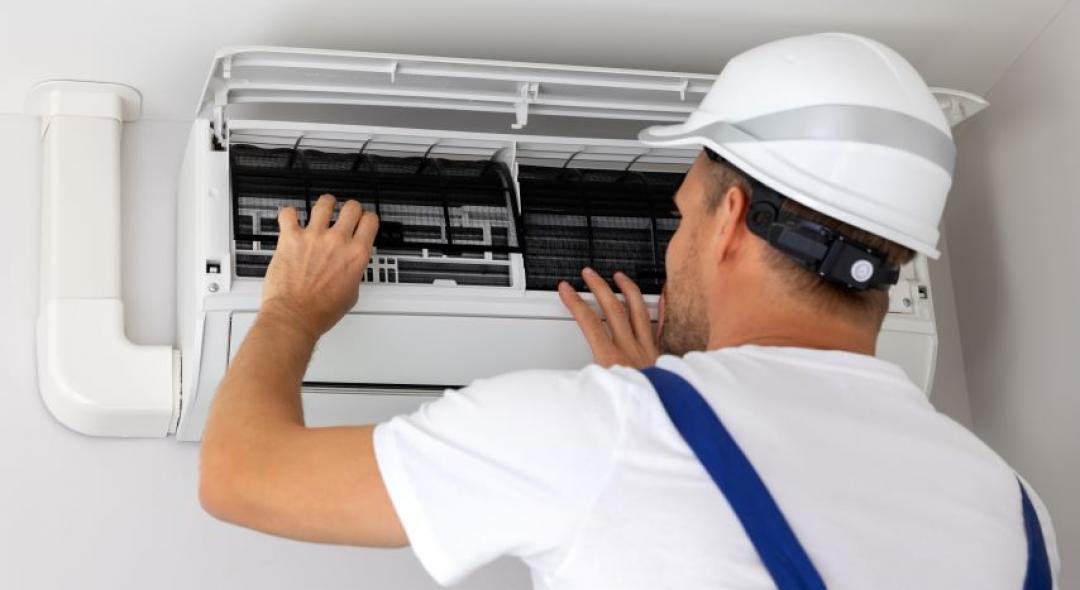If you have an electric shower, then you’ve had this experience before: you’re getting ready for a soothing hot shower during the winter and as soon as you jump in, your circuit breaker trips. After being stuck in the dark for a few seconds and avoiding the super cold water that ruined your night… you should probably figure out why this happened in the first place.
The good news is that in 90% of cases it can only be one of three things and they’re not all that complicated to fix. In fact, a local electrician can probably do it with their eyes closed since these problems are quite common. But you’re curious to know what’s up, so let’s get into it.
“Believe you can and you're halfway there. – Theodore Roosevelt
1. Overload

The most common reason why you water heater is tripping the circuit breaker is overload. A number of appliances can cause an overload if they malfunction, but shower heaters can cause that even if they’re working properly.
Basically, an overload is when a circuit is having to take way more electricity than it can handle. Showers need to heat up a lot in order to keep the water warm, which takes a lot of electricity.
What usually happens is that by trying to find that sweet spot where there’s enough water coming out and it’s still very hot, we end up overheating the water heater and overloading the circuit, causing the circuit breaker to trip as a safety precaution.
But another reason for the shower to trip the circuit breaker is if the shower is on and you also have other energy-hungry appliances on at the same time, such as hair dryers, portable heaters or microwaves. Then the shower might not be the main problem, but because so many appliances are already taking up a huge load, turning the shower on is enough to overload the circuit almost immediately.
The solution is fairly simple: avoid trying to keep the water as hot as possible by reducing the amount that comes out, and avoid turning on other appliances while someone is in the shower.
Avoid handling electrical wiring and repairs by yourself at all costs. This can be extremely dangerous and cause serious damage. If you need help, hire a professional electrician!
2. The water heater is faulty

Inside the electric water heater there are two heating elements, one above and one below, and only one should be active at any given time. Sometimes a faulty thermostat inside the heater can lead to both turning on needlessly, which spends a lot of energy and can cause a circuit breaker to trip.
The solution is to have your shower inspected by a local electrician to see if it can be fixed right away. If not, the more reliable solution is to invest in a new electric water heater, but a pro will help you figure out what’s the best decision.
Learn how to save up to 30% more water this Summer!
3. Short circuit

A short circuit is caused by faulty wiring, which is why it’s the most dangerous and urgent of these three common causes. This is what happens when a “hot wire touches a neutral wire, causing a large amount of power to surge through the circuit, thus causing it to trip. In some cases this can even damage appliances in the process, including your shower’s electric water heater.
Since this problem isn’t directly caused by the shower or the water heater, a professional electrician is highly recommended to deal with it, because the solution involves finding where the short circuit occurred to deal with the wiring in that area. The power will have to be turned off but even then it’s tricky, so definitely avoid trying to fix it yourself – here’s why you should always call an electrician in these situations.
It would be wise to remove appliances from outlets too while you wait for a solution, because even on standby some appliances still use electricity.
Need help figuring out why your electric shower is tripping your circuit breaker? Get free quotes from a professional electrician in your area today!
MORE FROM HOMEYOU
How To Save Up To 30% More Water During The Summer
The Key Differences Between Porcelain vs Ceramic Tile You Need to Know
How to Arrange Your Furniture in the Right Way
